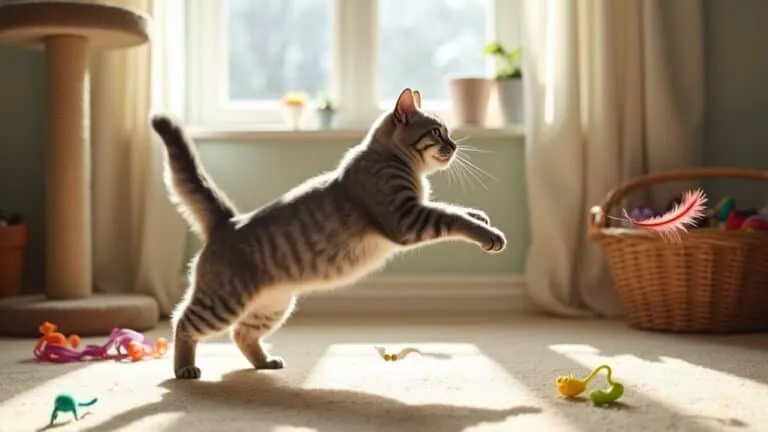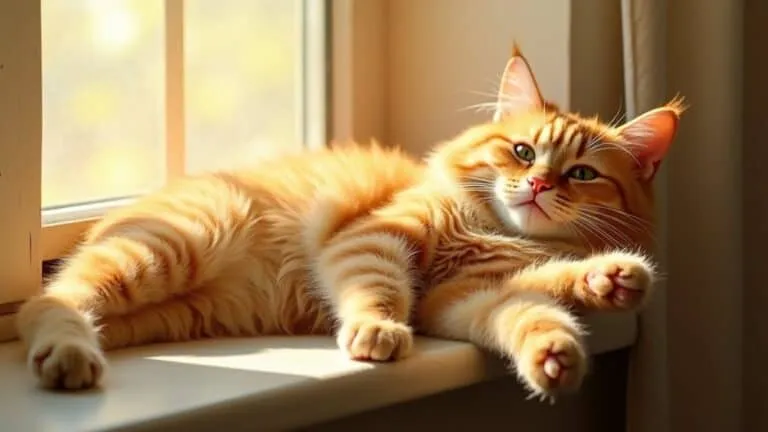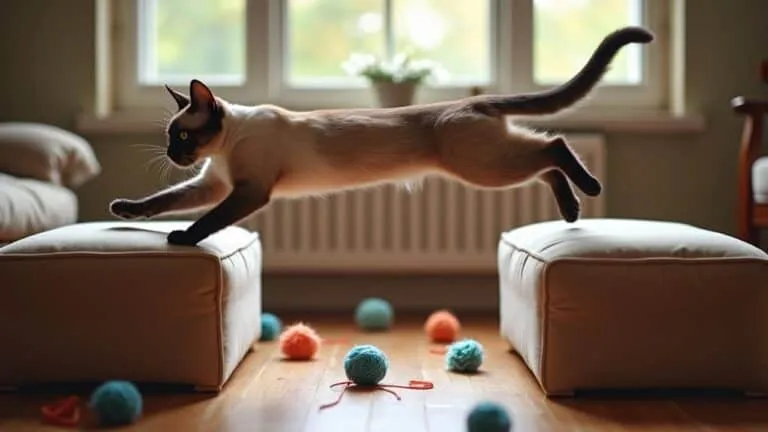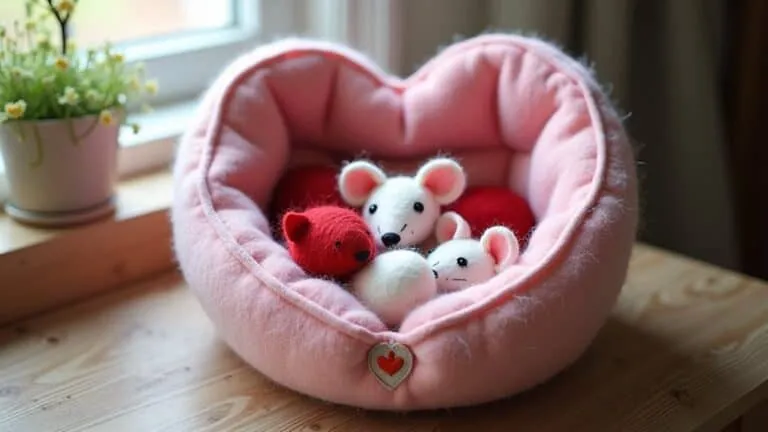The Best Fluffy Pancakes recipe you will fall in love with. Full of tips and tricks to help you make the best pancakes.
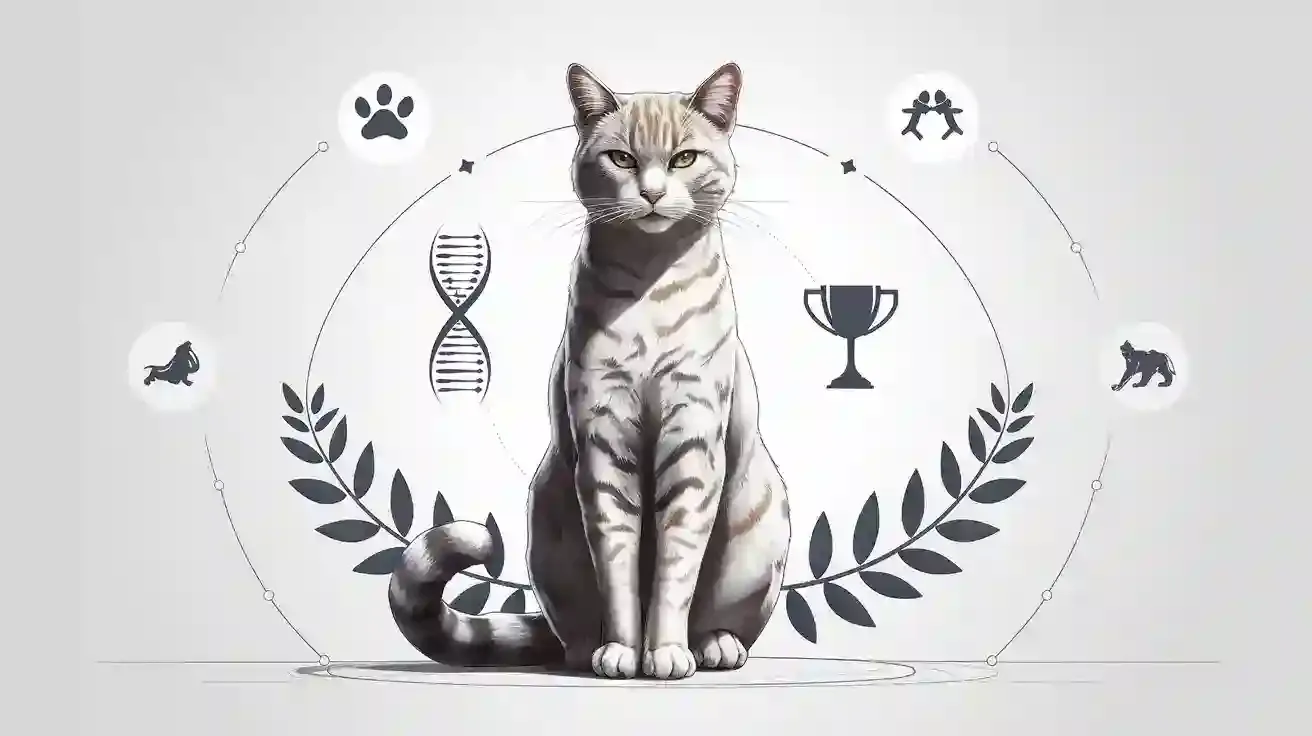
Few animals represent cats perfect evolution quite like cats themselves. Imagine an animal whose body and instincts are so finely tuned that they have changed very little over millions of years. Cats thrive both in wild forests and in people’s homes, showcasing their status as a perfect evolution. Scientists observe that island cat populations often retain their ancestors’ genes, demonstrating strong evolutionary stability.
Genetic studies reveal that cats from Australia, Europe, Asia, and Africa form distinct groups, even after extensive travel around the globe.
Wild cats on islands tend to mix less, preserving the same genes across many generations.
The bond between cats and people is truly unique. For many years, scientists have shown that cats possess steady personalities. People can understand their signals more than 90% of the time. This rare interspecies understanding helps explain why cats, as a perfect evolution, succeed so well everywhere.
Key Takeaways
Cats have not changed much for millions of years. Their bodies and skills are perfect for hunting.
Cats are great hunters with sharp senses and strong jaws. They can hunt in many ways. This helps them live in many places.
Cats can live by themselves or with people. They can fit in both wild and home life.
Cats and humans have a strong bond. This bond helps both feel calm and happy. Cats are great friends.
Cats’ steady bodies and actions make them a top example of evolution. They show how nature can create success.
Cats Perfect Evolution
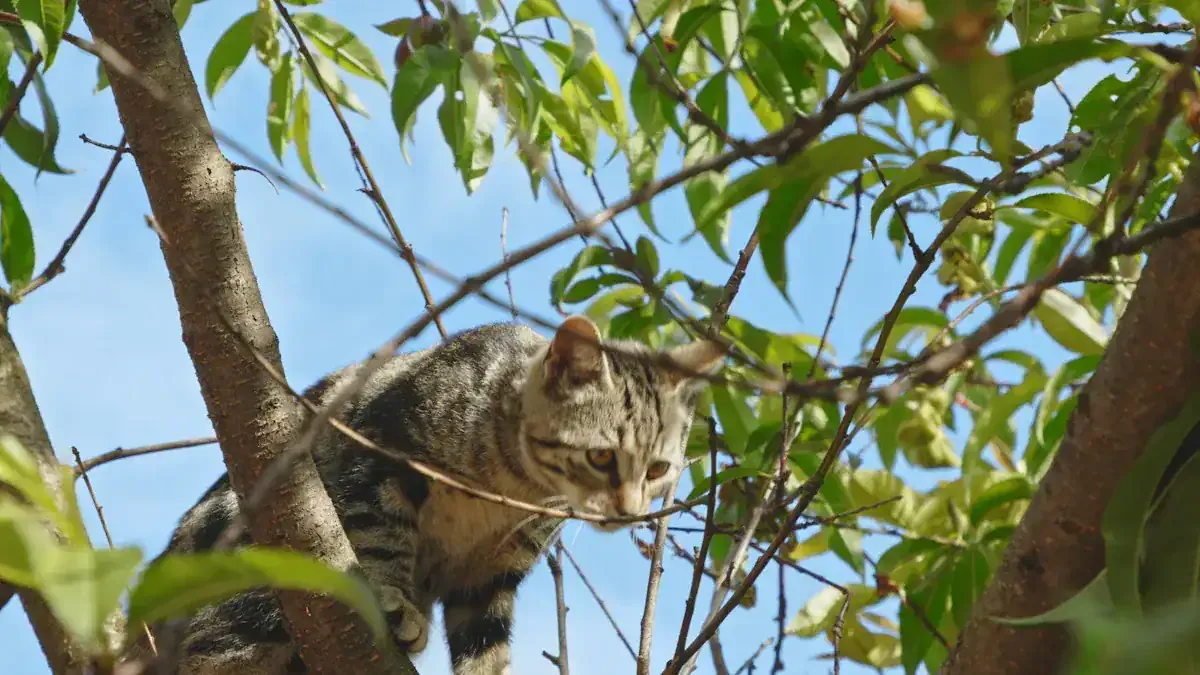
Specialized Carnivores
Cats perfect evolution is special because they are expert carnivores. For millions of years, cats have barely changed. Their bodies and actions make them great hunters. Scientists notice this in wild and pet cats. These animals show how evolution shapes creatures for a job.
Cats keep the same shape, food habits, and actions for a long time. This helps them hunt well.
They see well at night, so they can hunt in the dark. Their eyes help them find prey at dusk or dawn.
Cats have sharp claws and strong jaws to catch prey fast.
They use many hunting styles and eat different animals. Cats hunt mice, birds, and more.
Cats can live alone or with people. This helps them survive in many places.
Looking at their bodies shows why cats are top hunters. The table below lists some important features:
Trait/Aspect | Description |
|---|---|
Skull shape | Changes to fit what they eat and how they hunt. |
Body mass influence | Small cats hunt small animals; big cats hunt bigger ones. |
Craniodental adaptations | Big cats have strong teeth and wide jaws for hard bites. |
Hunting behavior | Size of cat and prey affects how they hunt and what they eat. |
Pet cats, like wild cats, are obligate carnivores. They must eat animal protein. They cannot get all nutrients from plants. Cats get water and nutrients from meat, so they can go months without drinking water. Their stomachs work best with lots of protein and little carbs. This shows how cats perfect evolution for hunting.
Each cat may like different prey. Some pet cats hunt birds, others hunt mice. Big cats like cougars and jaguars also have favorite prey. They keep hunting these animals even if they become rare. This shows how strong their hunting skills are. Learning from parents and trying new prey keeps these skills sharp. These things make cats almost perfect in their jobs.
Cats have made some island animals extinct by hunting them. This shows how good they are at being predators.
Consistent Design
Cats perfect evolution also shows in their body design. Scientists see that cats have similar bodies, even in different species. Their limb bones are like other mammals, but cats have changed to be better hunters.
When you compare cats, their skulls and jaws look alike, no matter the size. Big cats like lions and tigers have strong skulls and jaws for hard bites. Small cats have these too, just smaller. Their cheekbones help jaw muscles stay strong. This lets all cats bite prey in the right spot.
Cats perfect evolution is clear when you look at other hunters. Dogs hunt in groups and eat many foods. Bears eat plants and meat. Crocodiles have not changed much but are not as flexible. Cats keep a body plan that works in many places. They do not need to change much to do well.
The Felidae family shows how evolution makes a perfect hunter. Cats are top predators in many places. They can live near people or find new prey. Studies in India show leopards can live in busy areas. This skill and their body design make cats some of the best-evolved animals.
Cats perfect evolution does not mean they are flawless. Evolution keeps going. But cats have stayed the same for a long time. This shows their bodies and actions fit hunting very well. Their success comes from millions of years of natural selection making them great hunters.
Evolutionary Biology Insights
Stability Over Time
Evolutionary biology shows why cats have not changed much. Scientists say modern felids appeared about 10 million years ago. The domestic cat split from wild cats around 6 million years ago. Cat species keep the same body shape and hunting style. This happens because of stabilizing selection. In this process, helpful traits stay the same. These traits help cats survive.
Dr. Anjali Goswami is an evolutionary biologist. She says cats have a special design. Their bodies, teeth, and hunting skills fit their job as predators. Because of this, cats did not need to change much. Their design worked so well that domestication changed little. Cats already had what they needed to live with people. This makes them some of the best-evolved animals.
Cats have kept the same form for millions of years. This shows how strong evolutionary biology is in shaping life.
Adaptation and Efficiency
Cats are special because they fit their environment well. They became great hunters. They use sharp teeth and fast reflexes to catch prey. Some animals changed a lot, but cats kept their good design. Big cats and small cats share many features. Their bodies help them hunt alone and avoid dying out.
Other animals, like dogs and bears, changed more over time. They tried new foods and ways to live. Cats focused on one way of life. This made them strong hunters. But it also put some prey at risk of extinction. When cats came to islands, they sometimes made local species disappear. Their hunting skills changed the environment a lot.
Evolutionary biology shows cats’ slow change is rare. Most animals change a lot to survive. Cats stayed the same because their design was almost perfect. This makes their story special in the animal world.
Wild and Domestic Success

Thriving in Nature
Cats do well in many wild places. They can change fast and hunt very well. Cats live in forests, grasslands, and near cities. This shows why they are a strong species. Scientists use GPS and citizen science to watch how cats move and hunt. These studies show why cats do so well in the wild:
Cats go far from cities into wild areas. This shows they can change to new places.
Each cat has its own area and way of moving. This helps them find food and stay safe.
Free-ranging cats are very good hunters. In the United States, they kill millions of reptiles, amphibians, and mammals each year.
For example, cats may kill between 228 and 871 million reptiles and between 86 and 320 million amphibians every year in the US.
Some cats without owners can kill over 200 mammals each year.
These facts show why cats sometimes make small animals go extinct on islands. Their hunting lets them live in many places and survive well. Small cats, like big cats, have strong hunting instincts. This makes them powerful in the wild.
Cats can change and hunt in many places. This is why they do well and sometimes make other animals disappear.
Living with Humans
Cats also do well with people because they can be social in different ways. Some cats live near people, while others become pets with human help. Studies show that up to 42% of shelter cats in the UK are stray or have no owner. Many of these cats have not been around people much. Early life and family traits help cats get used to living with humans.
Cats can live alone or with other cats and people.
They like being with people but can feel stress in crowded homes.
How owners act and treat cats changes how cats feel and act.
Pet cats show why this species can change so well. They make friends with people and other cats but still stay independent. This helps them do well in homes all over the world.
Human Connection
Mutual Benefits
Why do people and cats get so close? Both sides gain a lot from this friendship. Studies show women’s bodies make oxytocin when they spend time with cats. Oxytocin helps people bond and feel less stressed. This is like what happens between moms and babies. Petting or cuddling cats raises oxytocin for both. This makes people and cats feel calm and close. If cats start the cuddling, the bond gets even stronger. These moments make both the person and cat happier and less worried.
Old records show people loved animals long ago. Archaeologists found a 12,000-year-old grave in Israel. A person was buried with a puppy, showing early love for animals. Today, people say cats give comfort and help them feel better. Scientists agree that living with cats helps mental health. Even if cats act alone or seem moody, they still help people feel good. This strong bond is why cats are great pets for many families.
Evolving Companionship
Why have people and cats stayed friends for so long? Science and daily life give us answers. Research shows people and cats started living together about 9,500 years ago. Their friendship grew stronger and helped both sides.
People with cats have fewer small health problems like headaches.
Petting cats lowers blood pressure and heart rate.
Cat owners have less risk of heart disease.
Cats help people feel less stressed and sad.
Being with cats makes the brain feel happy.
Cats’ independent ways make a special bond with people.
More people own cats now, showing they are loved pets.
Cats help people in many ways. They are easy to hold and cuddle. People feel less nervous and more connected with cats at home. These things show why cats are so important to people and why they are perfect house pets.
Cats are a great example of how evolution works well. They have special skills for hunting and can act in many ways. These things help them live in lots of places. Studies show cats have strong genes that do not change much. Their brains can adjust to new ways of living. Experts say being friendly and brave helps cats live a long time.
Cats are nature’s best work. They do not change because they already fit their world so well.
Many people notice these things every day. Cats show us what perfect evolution looks like.
FAQ
Why have cats changed so little over millions of years?
Cats look and act the same for a long time. Their bodies and actions already help them hunt well. Evolution kept their design because it works. Cats do well in many places, so they did not need to change much.
Why do cats thrive both in the wild and as pets?
Cats can live alone or with people. They hunt by themselves and also like being around humans. Cats can live in forests, cities, or homes. They get used to new places fast.
Why do cats make such strong bonds with humans?
Cats and people understand each other’s signals. Cats use body language that people can read. This helps both feel safe and happy together. Their bond grows strong because of this.
Why are cats considered top predators in many environments?
Cats have sharp senses and move quickly. They are great hunters because of these skills. Their bodies let them move quietly and attack fast. This makes them top hunters in many places.
Why do scientists call cats an example of evolutionary success?
Scientists say cats are a success because their design lasts. Cats have the same bodies and skills for millions of years. They can live with people and in the wild. This shows evolution made them very well.

